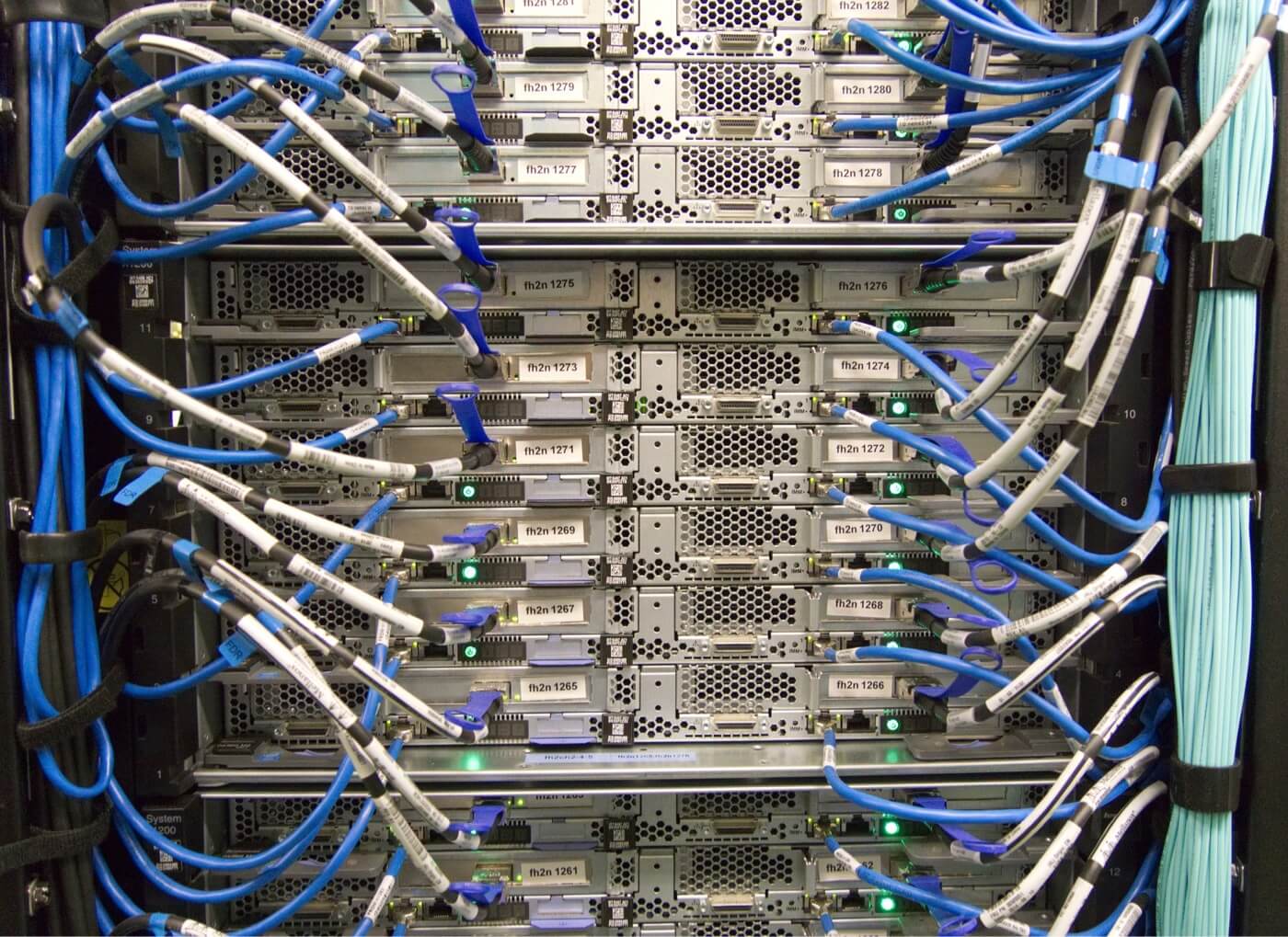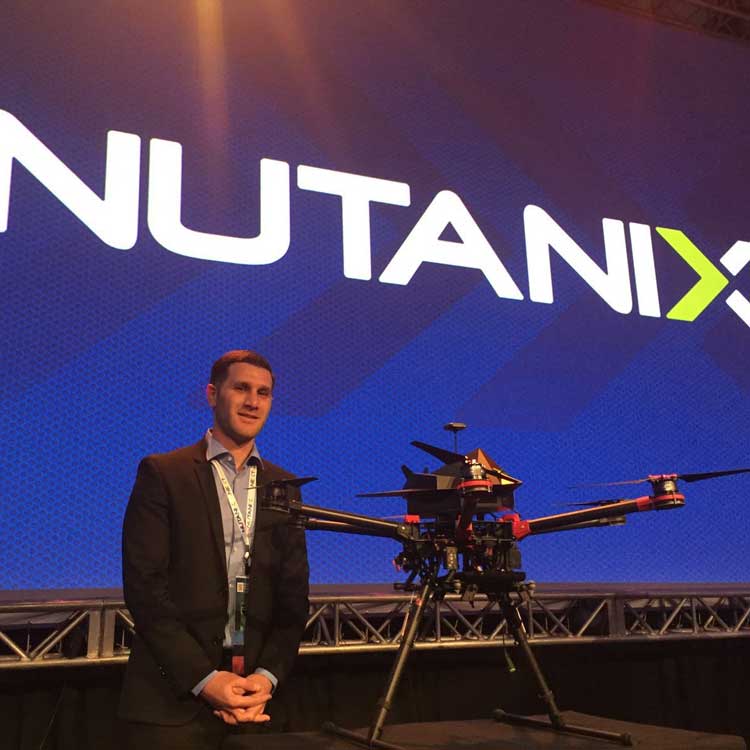According to researchers, the cloud can even help scientists predict and warn of catastrophic fires before they happen.
“The development of cloud computing and big data analysis has given rise to various disaster prediction methods,” Chinese researcher Xiaoying Zhang reported in the February 2021 edition of Alexandria Engineering Journal.
“To reduce the probability of fire accidents, it is critical to predict the fire risk by mining the massive historical data on fire.”
While many new firefighting technology advances address challenges in the field, the cloud also can bear fruit inside the firehouse. For example, migrating to cloud-based systems might help fire departments who are burdened by paper workflows and legacy systems lower costs, improve reliability, strengthen security and achieve greater space efficiency.
“Many of the paper items that fire departments have are critical floor plans. If at least copies do not get stored in the cloud, what would truly happen if the only stamped copies are lost or damaged or destroyed?” Nicole Bordelon, vice president and treasury management officer at JPMorgan Chase, asked in an interview with ZDNet.
“If the items are in the cloud, they’ll not only be accessible, but they can also be backup copied to additional servers in the event your primary server goes down.”
Leveraging Drone Technology
One organization that’s investigating how firefighter tech can help firefighters quickly contain fast-moving burns is the National Institute of Standards and Technology (NIST), which says innovations like drones and automated building sensors can collect real-time fire information without endangering humans
“Operational effectiveness of the entire firefighting team is hampered by poor situational awareness,” NIST explains on its website. “The availability of [remote sensing technology] would enable a transformational change in the use of information by the firefighter and incident commander, enabling safer and more effective operations.”
During the July 2018 Carr fire, which burned 229,651 acres in northern California and killed eight people, the California Air National Guard deployed drones to map the devastation.
“The knowledge they have and the information they provide are critical for us to fight the fire,” said CAL FIRE intelligence officer Capt. Robert DeCamp in an interview with The Drive. “They have equipment we don’t have, and that helps us tremendously.”
The Future of Firefighting
In January 2022, the US Department of Agriculture Forest Service launched a robust, 10-year strategy to squarely address this wildfire crisis in the places where it poses the most immediate threats to communities. The strategy is called “Confronting the Wildfire Crisis: A Strategy for Protecting Communities and Improving Resilience in America’s Forests."The strategy identifies key landscapes projected to be most impacted by wildfires and takes reduction tactics to cut risk. The implementation plan includes prescribed fire, mechanical, and biomass removal.
Unfortunately, it’s impossible to prevent all wildfires from igniting in the first place. With cutting-edge technology on their side, however, firefighters of the future will almost certainly be better equipped to control them.
“Imagine the next generation of firefighters,” suggest the researchers from Wayne State University, who envision an “automated intelligent safety decision system” that turns fire data into fire decisions.




